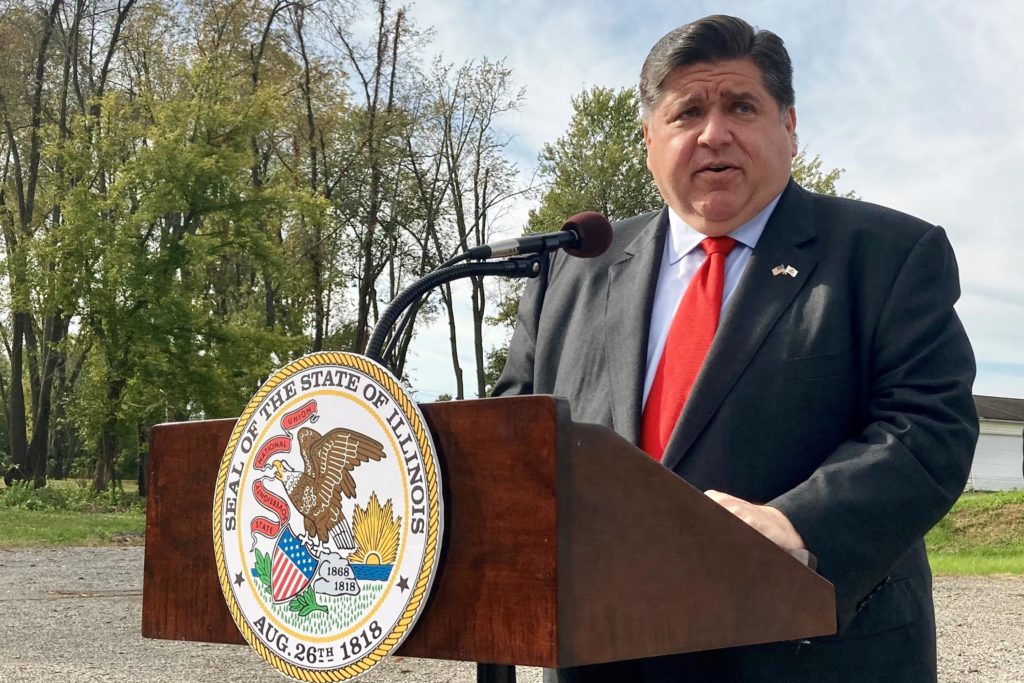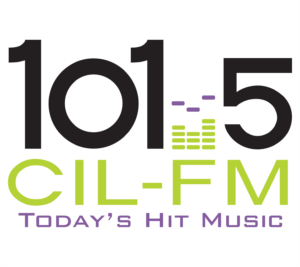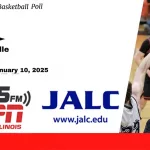
CHICAGO (AP) — The state’s top officials in the battle against COVID-19 on Wednesday reported that the vicious surge in the disease fueled by the omicron variant is slowing statewide and in Chicago, the nation’s third-largest city.
But even as record numbers of hospitalizations decline, authorities said health care resources are still stretched to the limit.
“We are a long way from being out of the woods,” Chicago Public Health Commissioner Dr. Allison Arwady said at a news conference. “The threat is in no way over, but the news is good in terms of the direction that it’s turning.”
At a separate briefing, Gov. J.B. Pritzker announced that since Jan. 13, when the number of hospital patients statewide hit an all-time high of 7,308, it’s dropped nearly 12%.
“But there are an awful lot of people still battling for their lives in hospitals across the state…,” Pritzker said. “We have lost so many people in recent weeks” — 1,500 just since the beginning of the year.
Most of those were never vaccinated. Nine in 10 people now hospitalized with the omicron variant have not received protective initial inoculations or booster shots.
In Chicago, COVID-19 test positivity peaked at nearly 20% on Jan. 1 and is about 13% currently. The peak of daily cases was 8,553 on Jan. 4 and currently is averaging just under 3,000 a day. Hospitalizations haven’t dropped but started to plateau.
Public health officials said the city is “nowhere near” dropping its indoor mask mandate, vaccination proof at indoor venues and no states are coming off the city’s travel advisory list, which currently covers the whole country.
Additionally, raw numbers statewide look worrisome — a 2.9% increase in new cases from the 201,428 reported the first week of the year. But the director of the Illinois Department of Public Health, Dr. Ngozi Ezike, said patients in hospital beds is a more reliable indicator when an unknown number of at-home tests are positive but not reported in public health databases.
“You can’t hide a hospitalization,” Ezike said. “That is definitely a clear signal of the direction we’re moving in.”
It’s a direction which, two years into Illinois’ coronavirus saga, leads to cautiously plotting a post-pandemic way forward.
“You learn so much, you’ve amassed so much knowledge, we have to figure out how we’re going to coexist with COVID,” Ezike said. “There may be some adjustments or shifts that we will make given the wide availability of vaccines and now the onboarding of therapeutics.”
Since Jan. 24, 2020, when a Chicago woman became the state’s first COVID-19 case — and just the second nationally — there have been 2.59 million confirmed or probable cases in Illinois alone. Deaths total 29,099, an increase during the past week of 2.6%.
Also Wednesday, the head of Chicago Public Schools said there have been increases in families signing up for weekly COVID-19 testing and vaccines at school events. His comments come as students returned to school last week following a standoff with the teachers’ union over safety protocols.
By JOHN O’CONNOR and SOPHIA TAREEN for the Associated Press








